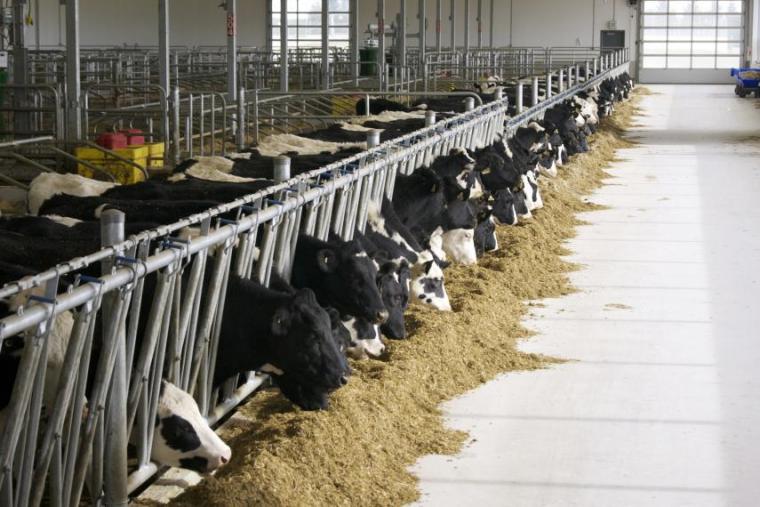
To maximize efficiency, profitability and sustainability, dairy producers need to find a solution to embryonic losses during pregnancy.
Professor Eduardo Ribeiro from the department of animal biosciences at the University of Guelph is researching causes of pregnancy losses in cattle to develop strategies that will ultimately improve pregnancy survival and reproductive efficiency in dairy herds. Ribeiro hopes to develop practical applications to help producers by focusing on biological problems of cattle at the cellular level.
“It is critical we figure out why these losses are occurring and more importantly, what we can do to minimize them,” Ribeiro says.
After ovulation, the rate of egg fertilization is more than 80 per cent, but four weeks later, the chances of having a cow pregnant dropped by 50 per cent.
Ribeiro and his team looked at a large number of cows within partner herds to understand risk factors that played a role in causing these reproductive problems. They found cows that already had diseases, such as metritis, a uterus infection, or mastitis, an udder tissue infection, have a higher chance of experiencing early pregnancy loss, even if these diseases occurred up to three months before breeding.
Researchers studied embryo development in subgroups of cows with distinct fertility to learn more about the cow’s reproductive biology, and design treatments for pregnancy losses. By comparing normal with abnormal, Ribeiro was able to see what risk factors were in the cows associated with losses.
To minimize embryo mortality in dairy cows, Ribeiro suggests two options. The first is to try minimizing the long-term impact of disease. By minimizing inflammatory health problems prior to insemination, the likelihood a cow will be able to carry to term increases significantly.
Another option is to start pharmaceutical or nutraceutical treatment at the time of breeding once the embryo has started to develop to address deficiencies.
Future research will look at working directly with producers to develop diet and drug treatment plans to help improve their herds’ reproductive efficiency. The Natural Sciences and Engineering Research Council funded this research.
